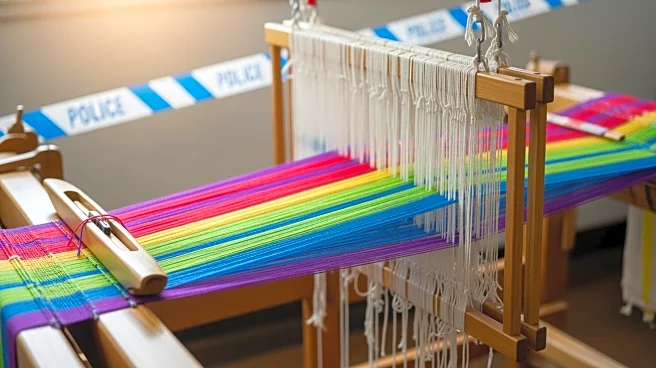What's Happening?
The concept of a circular economy is gaining traction as a means to reduce carbon emissions and promote sustainability. This approach involves keeping products and materials in circulation through maintenance, reuse, refurbishment, remanufacture, recycling,
and regeneration. By decoupling economic activity from the consumption of finite resources, the circular economy can significantly impact carbon emissions. For instance, the fashion industry, which produces approximately 1.2 billion tonnes of carbon emissions annually, could benefit from circular practices such as buying second-hand clothing. Similarly, opting for refurbished technology can drastically cut emissions associated with manufacturing and distribution.
Why It's Important?
Embracing circular economy practices is crucial for achieving sustainability goals and reducing carbon footprints across various industries. By prioritizing circularity, businesses and governments can address environmental challenges such as climate change more effectively. This shift not only reduces the need for new production, thereby conserving raw materials, but also decreases industrial activities and transportation needs, leading to lower carbon emissions. The transition to a circular economy represents a significant opportunity for industries to contribute to a more sustainable future while maintaining economic growth.













